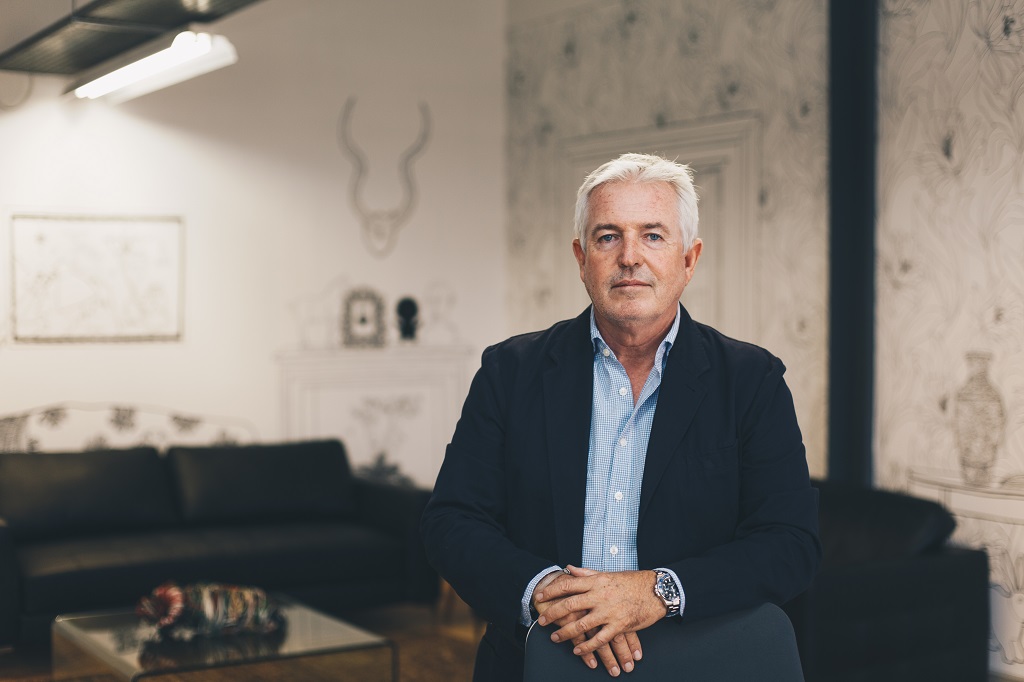Many South African companies across industry sectors aim to become digitally transformed. To accomplish this, they need access to tools that help them adapt to this new dynamic. This is where the Internet of Things (IoT) becomes a critical micro-service within an ecosystem of advanced solutions that can enable this, according to local IoT specialists Trinity IoT.
“Making data points an integral part of the operational process will deliver the organisational impetus to make digital solutions work. If a company feels that ‘it has skin in the game’, then it will do everything possible to ensure success. All the puzzle pieces are there. But with vendors and other stakeholders pushing bloated solutions and needlessly complex IoT frameworks, companies need to avoid overcomplicating things. In our experience, it is critical to keep things simple, use the tools you know, and embrace IoT to gather the data required,” says Ross Hickey, Founder and CEO of Trinity IoT.
Hickey believes that businesses are at a tipping point to fully embracing IoT, but it requires them to invest in hardware sooner.
“Decision-makers must look at what IoT solutions are available and selecting the ones that make sense for their strategic priorities. IoT consists of many tools and modules that can fit any requirement. And while there is still a component crisis to contend with due to the global chip shortage, there are numerous ready-made IoT products available locally to choose from. These off-the-shelf solutions will greatly contribute to the traction IoT is getting at organisations,” he says.
The level of IoT maturity is steadily increasing locally. Companies must find value in the potential of IoT at their organisations and identify the ways they can build success out of its implementation. It therefore comes down to business-relevant use cases to unlock the value required to get broader business buy-in.
“There is always a danger that IoT data ends up in a dashboard or database and does not get used. If this is to change, internal champions need to be identified who will find value in the data and help build success out of the IoT implementation. Of course, every business requirement will vary depending on the project with IoT needing to evolve as part of that,” says Hickey.
If businesses are to get IoT working effectively, they must move beyond the hype cycle and get stuck in to ensure things are stable in their corporate environment. It comes down to delivering data integration and making sure the business remains compliant with all the governance requirements around IoT.
“Once this is done, IoT becomes easier to implement within businesses. And with this comes a level of scalability companies never thought possible. Instead of working with just hundreds of devices, they can now work with hundreds of thousands of IoT-enabled devices to unlock business value,” concludes Hickey.




